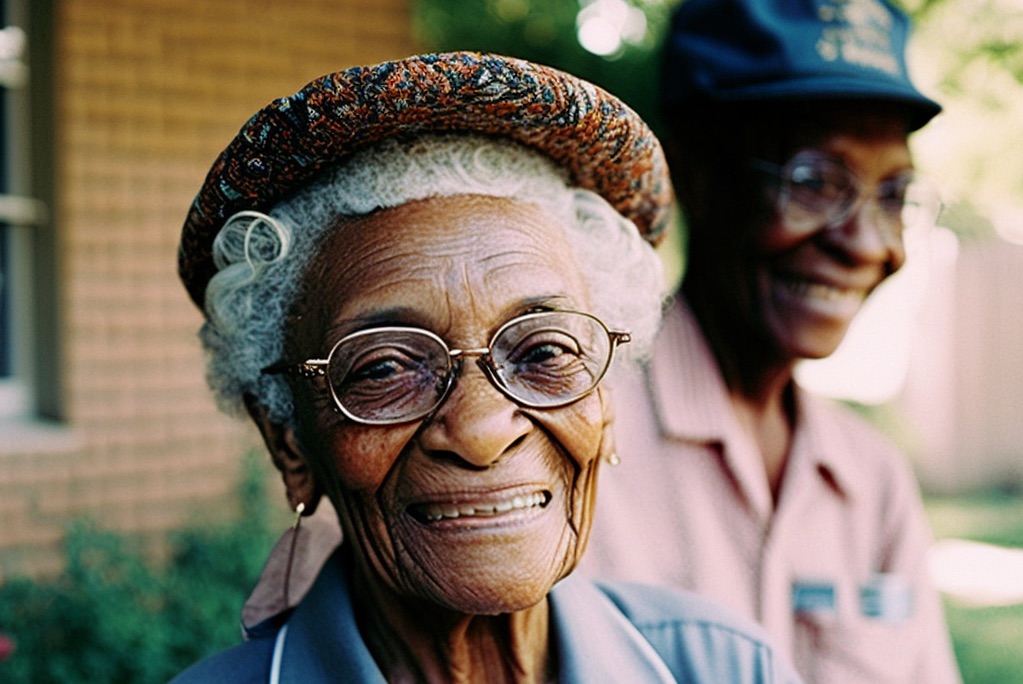The Role of User Experience (UX) Design in Senior Care Websites
Introduction
User experience (UX) design is the process of designing digital products that are easy to use and provide a positive experience for the user. In senior care websites, UX design is essential to providing a seamless and engaging experience for seniors and their caregivers. This article will explore the importance of UX design in senior care websites and provide best practices for optimizing these websites.
Importance of UX Design in Senior Care Websites
Senior care websites provide important information and resources for seniors and their caregivers. However, if these websites are not designed with user experience in mind, they can be difficult to navigate and provide a negative experience for the user. By using UX design principles, senior care websites can provide an engaging and easy-to-use experience that helps users find the information they need quickly and efficiently.
Purpose of the Outline
The purpose of this outline is to provide best practices for UX design in senior care websites. By following these best practices, senior care websites can provide an optimal user experience that meets the needs of seniors and their caregivers.
Understanding the Senior Care Website User
Before designing a senior care website, it’s important to understand the needs and characteristics of the senior care website user. The following factors should be considered:
Characteristics of the Senior Population
Seniors are a unique audience, and their characteristics should be taken into consideration when designing senior care websites. For example, seniors may prefer larger font sizes or simpler language to make it easier to read. Additionally, seniors may have different interests and needs than other age groups, such as information on Medicare or retirement planning.
Types of Senior Care Website Users
Senior care website users can include seniors themselves, as well as their caregivers and family members. It’s important to design a website that meets the needs of all these users, providing easy access to information and resources that are relevant to their needs.
Identifying User Goals and Needs
Before designing a senior care website, it’s important to identify the goals and needs of the user. This can include information on senior care services, care options, or resources for caregivers. By identifying user goals and needs, senior care websites can provide relevant information that meets the needs of their users.
UX Design Best Practices for Senior Care Websites
The following UX design best practices can help senior care websites provide an optimal user experience:
Website Layout and Navigation
Senior care websites should be designed with a clear and intuitive layout that makes it easy for users to find the information they need. Navigation should be simple and easy to use, with clear labels and easy-to-understand categories.
Color and Font Choices
Color and font choices should be selected with seniors in mind. This may include larger font sizes and high contrast colors to make it easier to read. Additionally, font choices should be simple and easy to read, with a focus on legibility.
Content Organization and Presentation
Content organization and presentation should be designed with the user in mind. This may include clear and concise headings, short paragraphs, and the use of images and videos to enhance understanding.
Accessibility in Senior Care Website Design
Accessibility is a critical component of senior care website design. The following best practices can help ensure senior care websites are accessible to all users:
Importance of Accessibility in Senior Care Websites
Accessibility is essential in senior care websites to ensure that all users can access the information and resources they need. This may include users with disabilities, such as visual impairments or hearing loss, who may require special accommodations to use the website.
Guidelines for Accessible Senior Care Website Design
There are a variety of guidelines and best practices for designing accessible senior care websites. This may include using alt text for images, providing captions for videos, and ensuring that the website is compatible with screen readers and other assistive technologies.
Tools for Testing Website Accessibility
There are a variety of tools available for testing website accessibility, including browser plugins and online testing tools. These tools can help identify areas where the website may be inaccessible and provide guidance on how to improve accessibility.
Optimizing Senior Care Websites for Search Engines
Search engine optimization (SEO) is the process of optimizing a website to rank higher in search engine results. The following best practices can help senior care websites improve their SEO:
Importance of SEO in Senior Care Websites
SEO is essential in senior care websites to ensure that the website is visible to users searching for senior care services. By improving SEO, senior care websites can attract more traffic and provide relevant information to those in need.
Tips for Optimizing Senior Care Websites for Search Engines
There are a variety of tips and best practices for optimizing senior care websites for search engines. This may include optimizing website content with relevant keywords, building backlinks to the website, and ensuring that the website is mobile-friendly.
Using Analytics to Measure and Improve Website Performance
Analytics can provide valuable insights into the performance of a senior care website. By using analytics tools, senior care websites can track website traffic, user behavior, and other metrics to identify areas for improvement and optimize the website for better performance.
User experience (UX) design is essential in senior care websites to provide an optimal user experience for seniors and their caregivers. By understanding the needs of the senior care website user and following best practices for UX design, senior care websites can provide easy access to relevant information and resources.
Additionally, ensuring that senior care websites are accessible to all users, optimized for search engines, and measured through analytics can further improve website performance and effectiveness. By implementing these strategies, senior care websites can continue to provide valuable services to seniors and their caregivers.
If you’re a senior care website looking to improve your UX design and website optimization, consider implementing the strategies outlined in this article. By providing an optimal user experience and improving website performance, you can attract more users and provide valuable services to seniors and their caregivers. Get started today and see the results for yourself!


